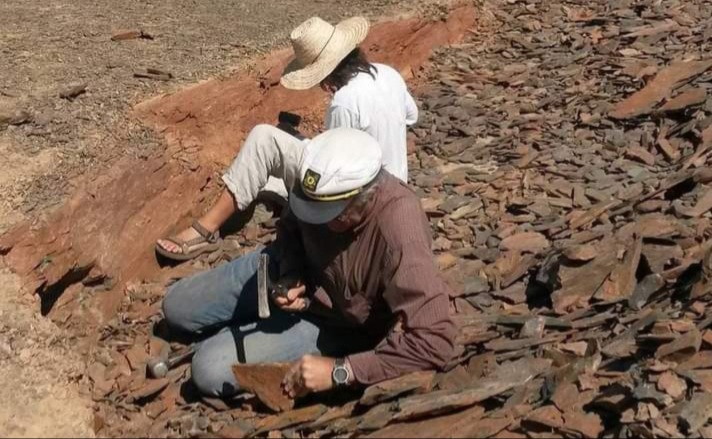11 Days Geological Mineral Fossil Morocco Tour
Geological, Mineral and Fossil Tour. Welcome to our Morocco-explorer with more than twelve years of experience in leading field collecting tours.
11 Days 10 Nights Geological Mineral Fossil Morocco Tour from Marrakech
Itinerary Map
ITINERARY OVERVIEWS :
Travel by 4×4 across the Atlas Mountains to the Sahara Desert in eastern Morocco, where the rocks are full of minerals and fossils. Morocco is one of the most geologically diverse nations, with vast expanses of exposed rock full of fossils and minerals ranging from pre-Cambrian to Recent. The country is dominated by the Atlas Mountains, which descend to a coastal plain on the western side and the Sahara Desert on the eastern side. Due to the arid conditions, much of the surface is unvegetated, making it very easy to observe the rocks and understand the geology. Travel with GeoWorld Travel on desert roads that once hosted the Paris-Dakar rally to see incredible wonders, including the Fezouata Ordovician deposit, trilobite quarries, dinosaur fossil beds, a mineral mine, a salt mine, towering sand dunes and World Heritage Kasbahs.
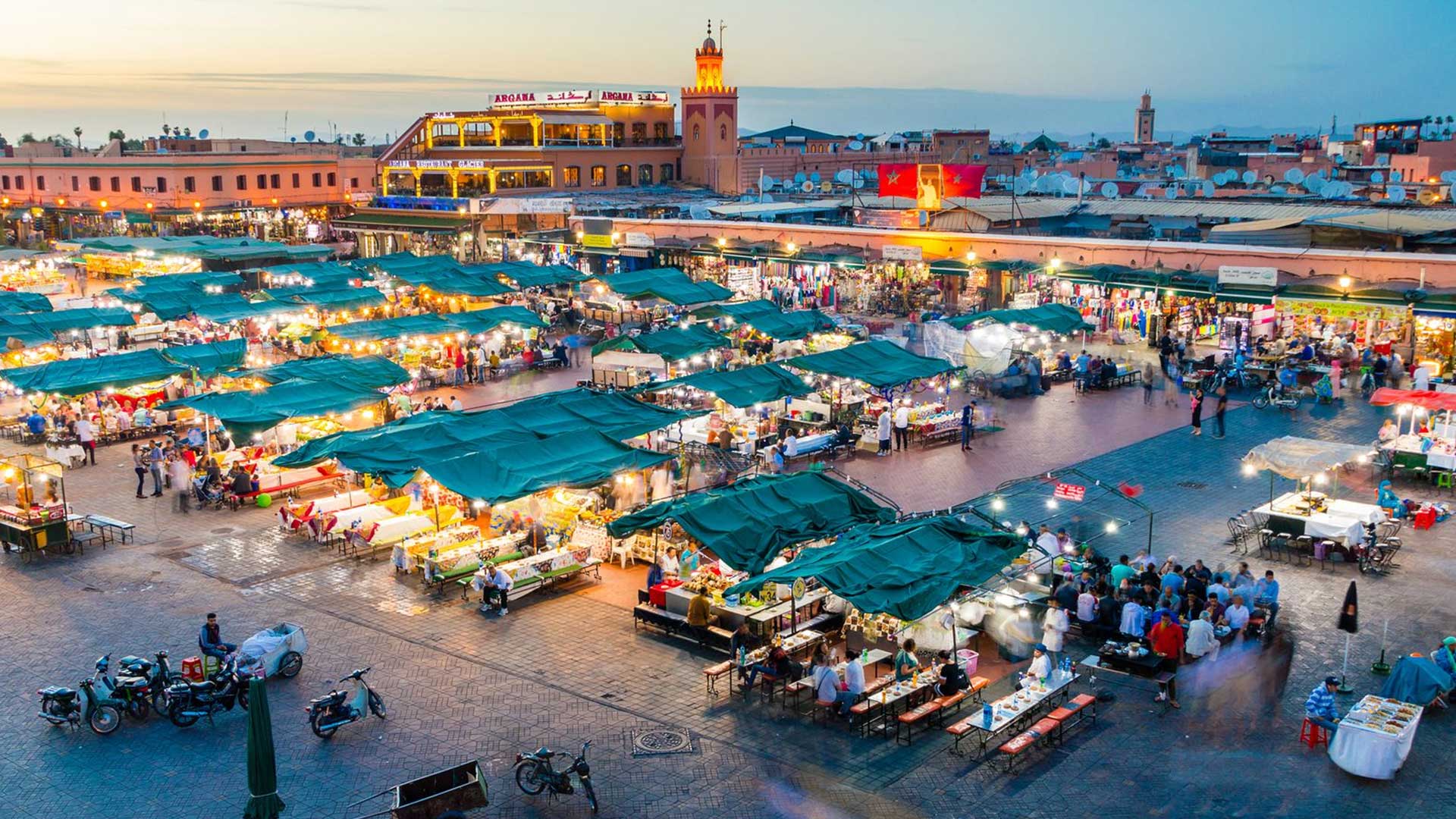
Day 1: Marrakech Airport Arrival Morocco
After our arrival at Marrakech airport, we will be transferred to our hotel to begin our 11-day tour of Geological Minerals Fossils. Marrakech is a UNESCO World Heritage Site well-connected to Europe by various low-cost airlines.
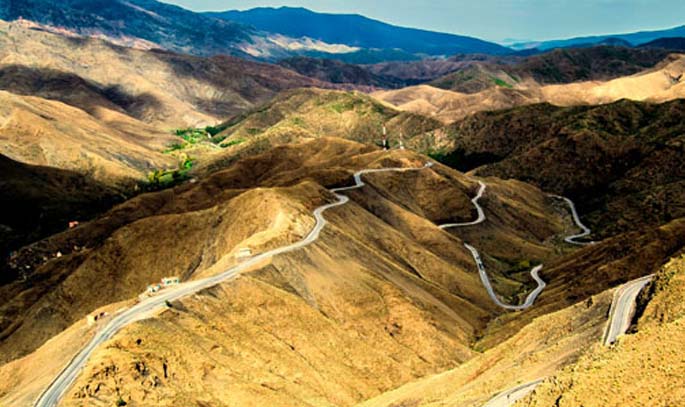
Day 2: Marrakech – Sidi Rahal – High Atlas – Ait ben Haddou – Ouarzazate
We’ll travel across the Atlas Mountains to get to the fossil-rich areas of the Anti-Atlas. Our first stop will be near the village of Sidi Rahal, where we can visit an agate mine in Triassic lava. Next, we’ll continue our journey to the Col du Tichka, 2260m above sea level. Once we reach the top of the col, we’ll take a break and then leave the main road to follow layers of Triassic sediments and lava flows to get to a salt mine. We’ll stop at the salt mine for a good look before our road turns south, passing through Jurassic, Cretaceous, and Eocene strata, finally reaching the town of Ouarzazate, where we’ll spend the night in a comfortable three-star hotel with en-suite bathrooms.
We’ll start our 11-day Geological Minerals Fossils tour by visiting a site containing 600 million-year-old stromatolites. Then, we’ll head to the Draa Valley to see giant cold-water trilobites that lived 20-30 cm long. Lastly, we’ll visit the Fezouata Shale deposit, where exceptional preservation has revealed soft-bodied “Burgess Shale” type fauna. We’ll spend the night in the nearby town of Zagora.
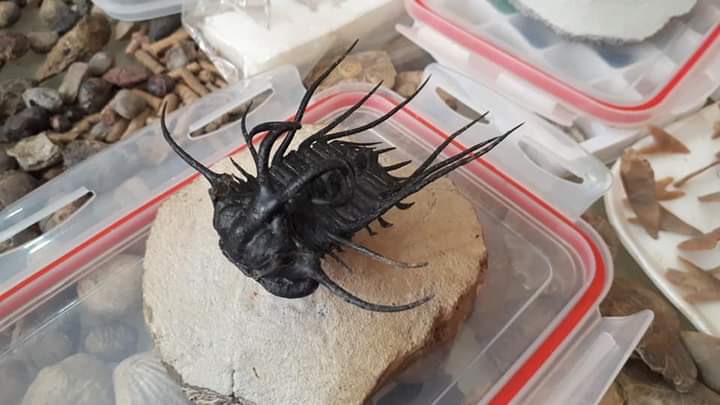
Our 11-day tour of Geological Minerals Fossils will begin with a visit to the Saredrar Orthoceras quarry near Tazzarine. Then, we will head to Alnif, known as the “Trilobite Capital of the World,” to check out various fossil shops and see the giant yellow Cambrian trilobites. Finally, we will visit the renowned Jebel Tiskaouine and stay at a hotel outside Alnif.
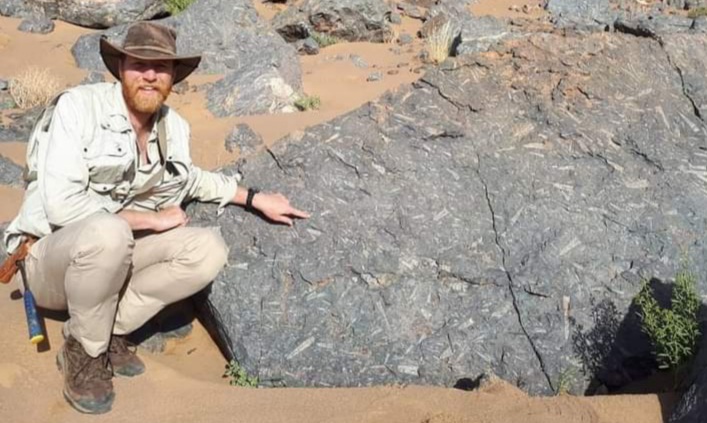
Day 5: Alnif – Atchana – Mharch
We’ll visit the Maider Basin, known as the lost world of trilobites. Our first stop is Bou Dib, a famous trilobite site located on the northern escarpment of Jbel Isoumour. We’ll visit Fezzou village to meet the locals at a café. Then, we’ll explore the Ihandar Formation at Atchana where many amazing trilobites have been found. Finally, we’ll spend the night at a basic mud hotel in a remote desert oasis called Mharch.
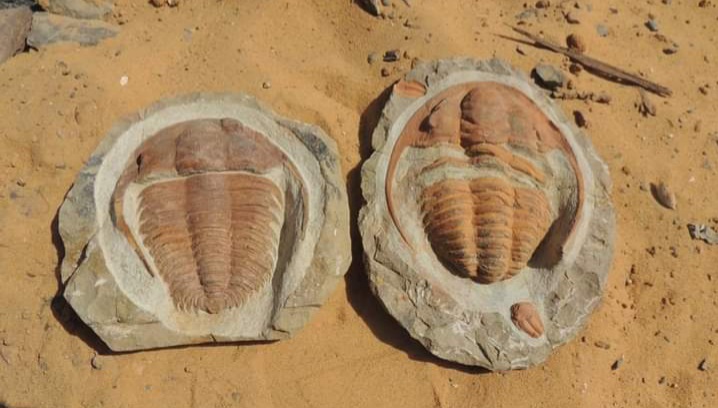
On our second day, we will visit the Erg Chebbi Dunes. Our first stop will be the Guelb el Mharch mud-mound, a 45m peak rich in fossils. We will then travel along the southern rim of the Maider basin, stopping at two sites to view brachiopods, trilobites, and goniatites. After leaving the Maider basin, we will observe fossils near Rissani and proceed to Merzouga for camel rides and three nights at a hotel.
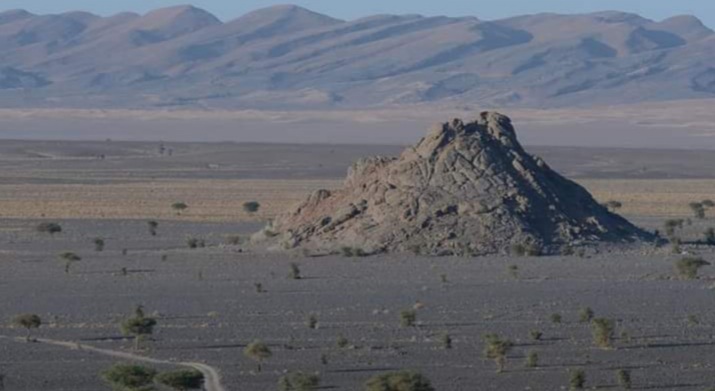
We drove to Taouz and then to the Kem Kem site, known for its diverse fossils. We found remnants of crinoids and laccoliths in a neighboring site, alongside fossils on display in Erfoud. Our next stop was the Filon 12 mine, which now extracts mineral specimens like vanadinite, haematite, goethite, and quartz. We will spend the evening stargazing at the hotel in Merzouga.
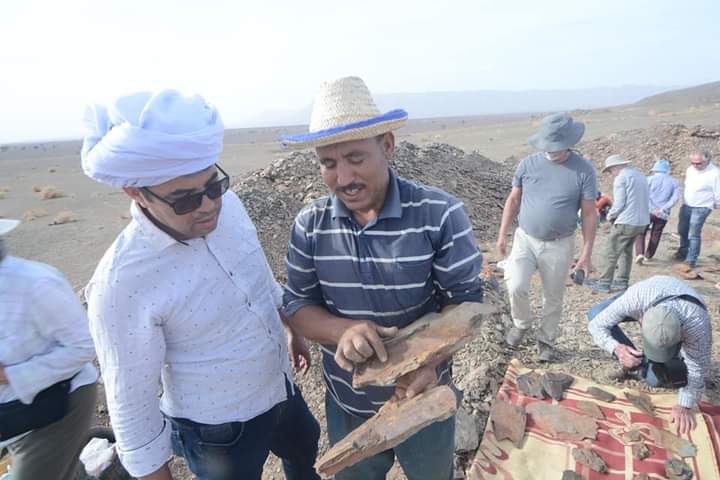
Today, we’ll visit Kes Kes (Hamar Laghdad) mud volcano mounds with rich coral reef growth, a crinoid bell pit, and Erfoud Quarry to observe mid-Devonian age orthoceras slabs with goniatites. We’ll have a picnic, visit the museum in Erfoud, and witness the transformation of quarried Orthoceras slabs into beautiful objects at the Orthoceras factory. We’ll spend the night at a hotel in Merzouga.
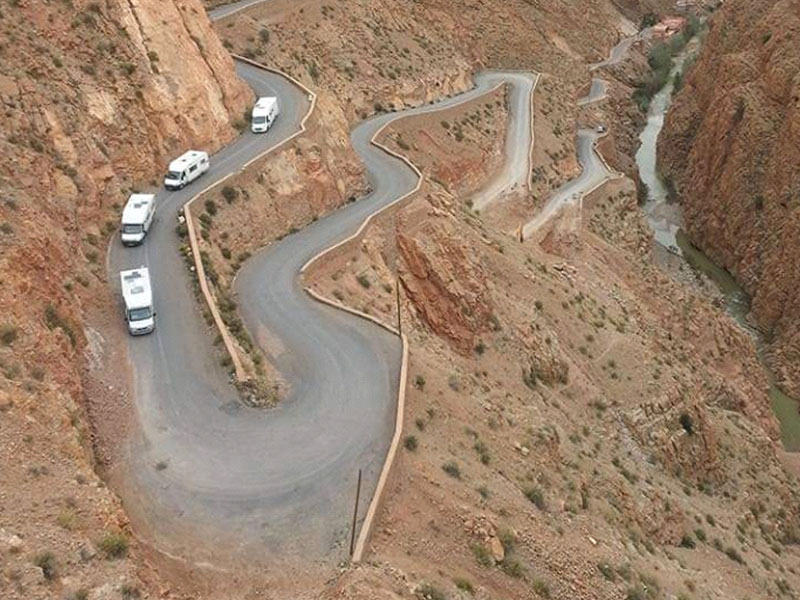
Today, we will drive back to Ouarzazate from Merzouga. We will make a stop at the beautiful Todra Gorge, which is located halfway along our route. The gorge is carved through Jurassic layers on the edge of the High Atlas. We will spend about an hour exploring the area. Afterward, we will have lunch and continue our journey. We should arrive in Ouarzazate by late afternoon.
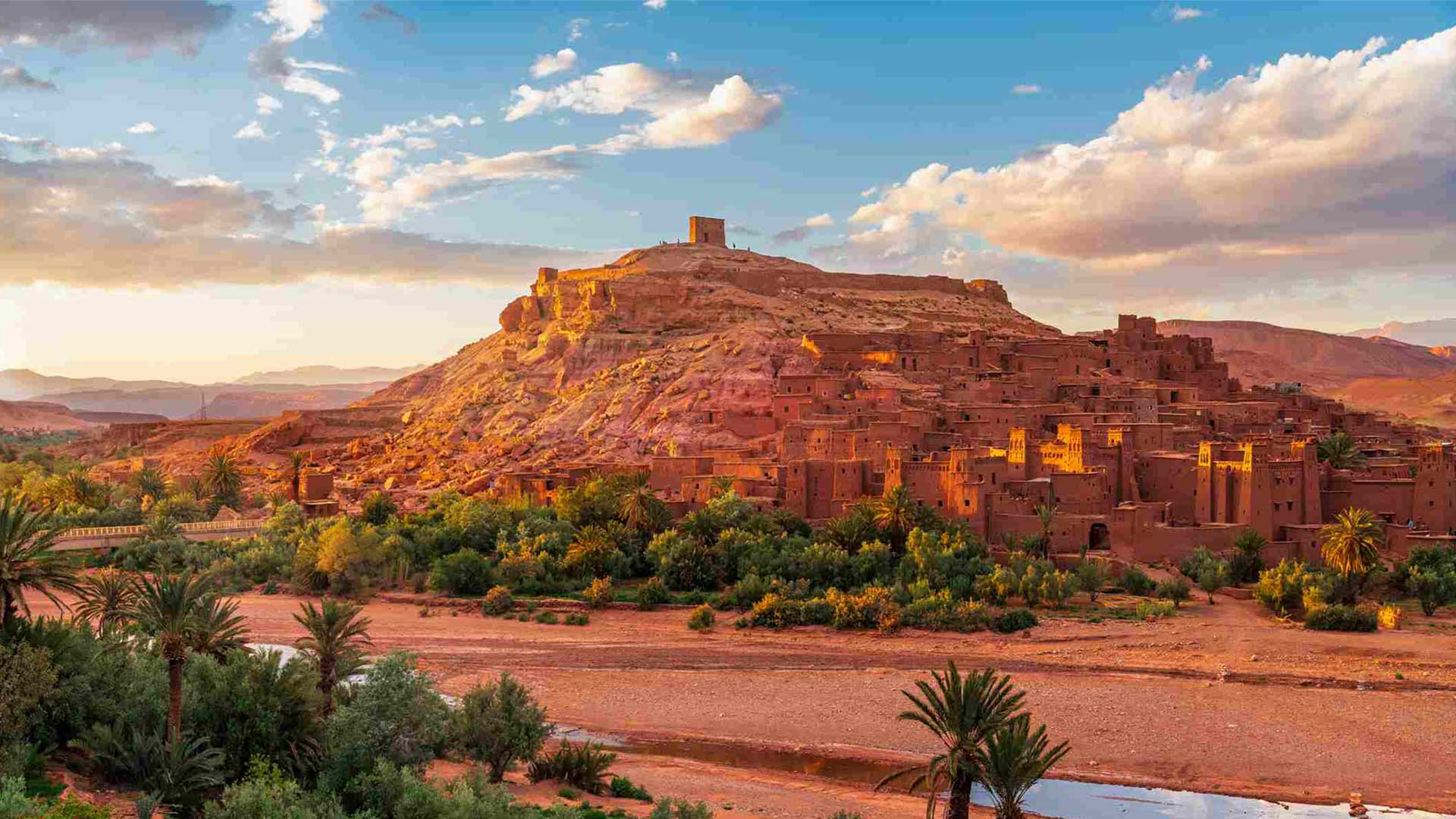
Our itinerary includes visiting the World Heritage Sites of Kasbah Ait-Ben-Hoddou and the Medina and Souk of Marrakesh. Our first stop near Ouarzazate is the World Heritage Site of Kasbah Ait-Ben-Hoddou. This kasbah, a fortified settlement, was founded in the 17th century and is located on the old trading route from Sudan to Marrakech. It has also served as a film set for many movies. After crossing the Atlas Mountains, we stopped for lunch at a restaurant before reaching Marrakech in the mid-afternoon. This allowed us some free time to shop at the souk, which is also a World Heritage Site. We spent the night at the same hotel near the airport as on day one.
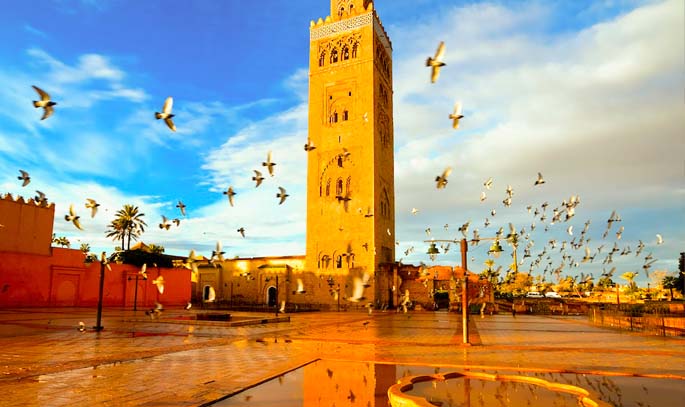
After breakfast, you will have free time to explore Marrakech before we pick you up from your hotel and drive you to the airport for your flight. This marks the end of the 11-day tour of Geological Minerals Fossils.
The itinerary can be changed as you wish. Please, tell us if you like to do that.
INCLUDED
– Geological tour guide
– Local guide and driver
– Hotel accommodation
– Dinner and breakfast in the hotels
– Picnic lunch
– Bottled water on day excursions
– Transportation in Landcruise
NOT INCLUDED
– Flights
– Alcohol and soft drinks
– Bottled water in hotels
– Camel ride
The Tour Price changes depending on the number of travelers and season, and which category of the hotel’s do you prefer, luxury or standard.

